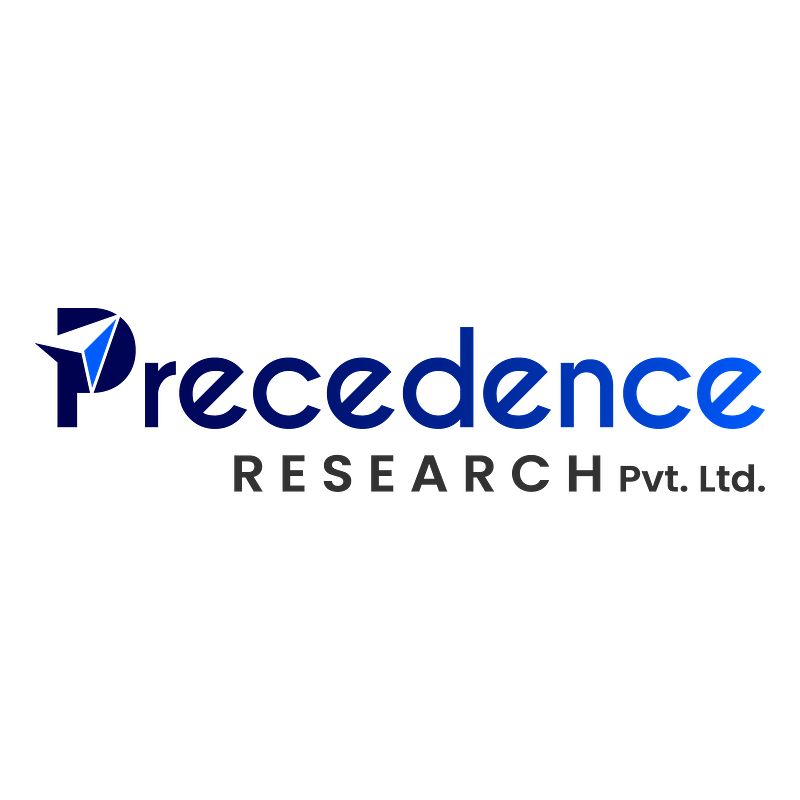
In-Mold Labeling Market Set for Robust Growth, Driven by Sustainability & Automation
The global in-mold labeling (IML) market is poised for significant expansion, fueled by rising demand for eco-friendly packaging, advanced automation, and a shift toward mono-material solutions. A deep dive into the trends shaping this dynamic sector.
In-Mold Labeling Market Set for Robust Growth, Driven by Sustainability & Automation
By Daniel Howard
Driven by a confluence of factors – a heightened focus on sustainability, rising consumer demand for visually appealing packaging, and technological advancements in automation – the global in-mold labeling (IML) market is set for a period of robust growth. Forecasts predict substantial expansion in the coming years, with market analysis indicating a sector undergoing significant transformation.
What is In-Mold Labeling?
IML is a production method where a pre-printed label is placed inside a mold during the manufacturing of a plastic product. This creates a seamless, durable, and aesthetically pleasing finish, eliminating the need for separate labeling steps. The process typically utilizes polypropylene (PP) or polyethylene (PE) labels, integrated directly into the plastic during the molding process.
A Market on the Rise
Recent market research points to consistent growth across all regions, although Asia-Pacific currently dominates, accounting for a significant share of the global market. Europe and North America are also experiencing substantial growth, driven by consumer preferences for premium packaging and increasingly stringent environmental regulations. Multiple reports estimate the market size to reach between $4.5 billion and $5 billion by 2033-2035, exhibiting compound annual growth rates (CAGR) ranging from 4.6% to 5.8%.
Sustainability Takes Center Stage
Perhaps the most significant driver of growth is the increasing demand for sustainable packaging solutions. Traditional labels often require adhesives and can complicate the recycling process. IML addresses these concerns by integrating the label directly into the plastic product, often using the same material.
“Consumers are increasingly aware of the environmental impact of packaging, and they’re demanding more sustainable options,” explains one packaging industry consultant, speaking on background. “IML provides a clear advantage in this regard.”
This push towards sustainability is manifesting in several key trends:
- Mono-Material Packaging: The industry is shifting towards mono-material packaging solutions, where both the container and the label are made from the same type of plastic (typically PP). This simplifies the recycling process and enhances the quality of recycled materials.
- Recyclability: IML is considered a highly recyclable packaging method, particularly when using compatible polymers. Associations like the Association of Plastics Recyclers (APR) designate IML as “Preferred” for PP and HDPE when compatible labels are used.
- Bio-Based & Recycled Materials: Companies are actively exploring and adopting bio-based and recycled materials in IML production. The use of certified renewable PP resins and recycled content is gaining traction.
- Label Separation Technologies: Innovations in label design and materials allow for easier separation of the label from the container during recycling, improving the quality of recovered materials.
Automation and Technological Advancements
Beyond sustainability, advancements in automation are also fueling market growth. Automated IML systems offer several benefits, including increased production speed, reduced labor costs, and improved consistency.
“Automation is essential for meeting the growing demand for IML packaging,” notes a manufacturing executive. “It allows us to produce high-quality packaging more efficiently and cost-effectively.”
Key technological advancements include:
- High-Speed IML Systems: New IML systems are capable of producing thousands of packaged products per hour.
- Multi-Cavity Molds: Using multi-cavity molds allows for increased production volume.
- Robotic Automation: Robots are increasingly used for tasks such as label placement and product handling.
- Digital Printing: Digital printing technologies enable greater design flexibility and shorter production runs.
Regional Dynamics & Key Players
The Asia-Pacific region currently holds the largest market share, driven by the expanding consumer goods sector in countries like China and India. Europe and North America are also experiencing strong growth, fueled by demand for premium and sustainable packaging. Latin America and the Middle East & Africa present significant growth opportunities, with rising disposable incomes and increasing consumer awareness.
The IML market is characterized by a mix of established players and emerging companies. Key players include CCL Industries, Multi-Color Corporation (through its Verstraete IML division), Huhtamaki, Coveris, and Fort Dearborn Company. These companies are investing heavily in research and development, expanding their production capacity, and forging strategic partnerships to maintain their competitive edge.
Challenges and Future Outlook
Despite the positive outlook, the IML market faces several challenges. These include the rising cost of raw materials, fluctuating energy prices, and increasing regulatory scrutiny. Furthermore, ensuring the compatibility of inks and labels with recycling processes remains a critical concern.
Looking ahead, the IML market is expected to continue its strong growth trajectory. The demand for sustainable packaging solutions, coupled with advancements in automation and digital printing, will drive innovation and expansion. Companies that prioritize sustainability, invest in advanced technologies, and adapt to changing regulatory landscapes are well-positioned to succeed in this dynamic market. The shift toward circular economy principles and the increasing emphasis on reducing plastic waste will undoubtedly shape the future of the IML industry, solidifying its role as a key enabler of sustainable packaging solutions. “The future of packaging is undeniably sustainable,” one industry expert concluded. “And IML is poised to be a central part of that future.”
📝 This article is still being updated
Are you a relevant expert who could contribute your opinion or insights to this article? We'd love to hear from you. We will give you full credit for your contribution.
Contribute Your Expertise →